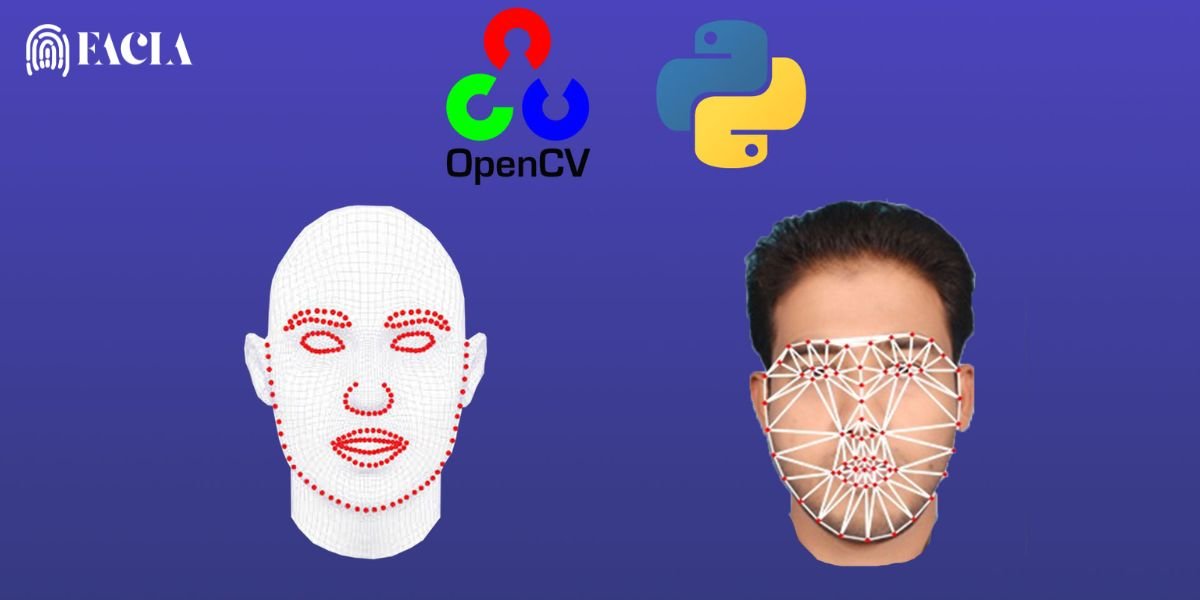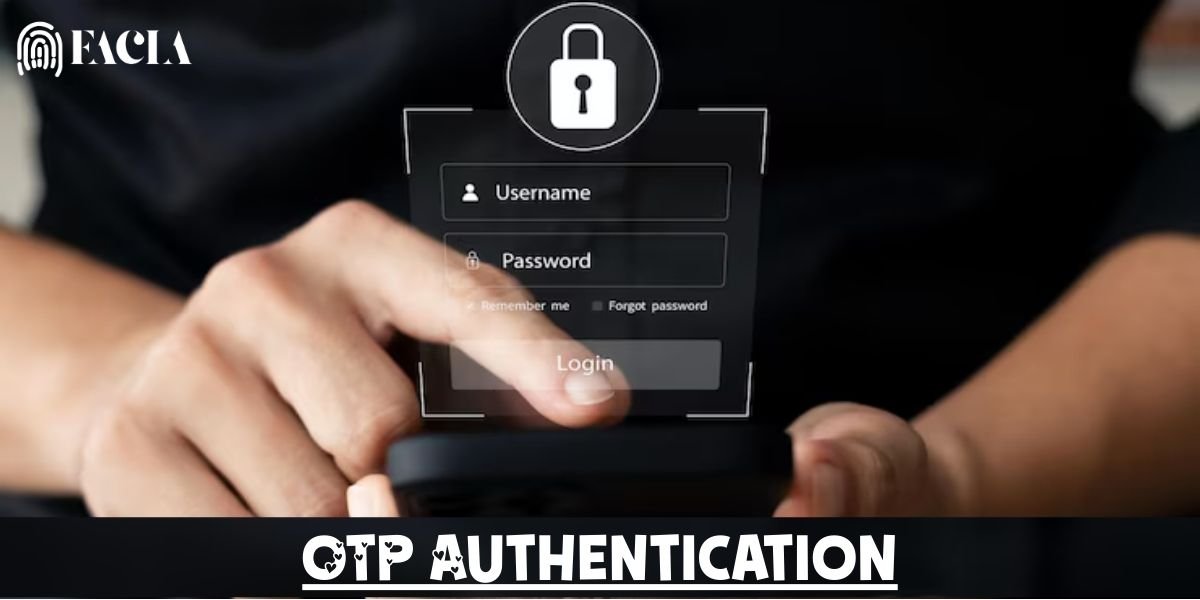Python Face Recognition is a deeply used method to identify or verify individuals in images or videos. Python offers several libraries and frameworks to implement Face Recognition Systems. Below is an overview of popular tools and steps to perform face recognition in Python.
Popular Libraries for Face Recognition in Python
Face_recognition
- Built on dlib, a C++ library.
- Easy to use and highly accurate.
- Can perform face detection, Face Recognition, and even Facial Feature extraction.
Installation:
| pip install face_recognition pip install opencv-python |
OpenCV
- An open-source computer vision library.
- Provides pre-trained models for face detection using Haar cascades or DNN-based models.
Dlib
- Offers face detection and landmark extraction.
- Provides 68 facial landmarks for advanced face processing.
DeepFace
- Built on top of Keras/TensorFlow.
- Supports multiple pre-trained models like VGG-Face, Google FaceNet, and OpenFace.
Basic Steps for Face Recognition
1. Install Necessary Libraries
Install the required dependencies:
| pip install face_recognition opencv-python |
2. Code for Face Recognition
Here’s a simple implementation using the face_recognition library:
| import face_recognition import cv2 Load a sample picture and learn how to recognize it known_image = face_recognition.load_image_file(“known_person.jpg”) known_encoding = face_recognition.face_encodings(known_image)[0] Load an image with an unknown face unknown_image = face_recognition.load_image_file(“unknown_person.jpg”) Find all face encodings in the unknown image unknown_encodings = face_recognition.face_encodings(unknown_image) for unknown_encoding in unknown_encodings: # Compare faces results = face_recognition.compare_faces([known_encoding], unknown_encoding) if results[0]: |
3. Real-Time Face Recognition with OpenCV
For real-time recognition using a webcam:
| import face_recognition import cv2 Load a known face known_image = face_recognition.load_image_file(“known_person.jpg”) known_encoding = face_recognition.face_encodings(known_image)[0] Initialize webcam video_capture = cv2.VideoCapture(0) while True: # Capture video frame-by-frame ret, frame = video_capture.read() # Convert frame to RGB (OpenCV uses BGR by default) rgb_frame = frame[:, :, ::-1] # Find face encodings in the frame face_locations = face_recognition.face_locations(rgb_frame) face_encodings = face_recognition.face_encodings(rgb_frame, face_locations) for face_encoding in face_encodings: # Compare faces results = face_recognition.compare_faces([known_encoding], face_encoding) if results[0]: print("Match Found!") # Draw a rectangle around the face top, right, bottom, left = face_locations[0] cv2.rectangle(frame, (left, top), (right, bottom), (0, 255, 0), 2) # Display the resulting frame cv2.imshow('Video', frame) # Break the loop with 'q' key if cv2.waitKey(1) & 0xFF == ord('q'): breakRelease the webcam and close windows video_capture.release() cv2.destroyAllWindows() |
Advanced Features
- Face Landmarks Detection
Use theface_recognition.face_landmarks()function to Detect Facial Landmarks like eyes, nose, and mouth. - Face Encoding Database
Store multiple encodes for multiple individuals and compare them with new images for better scalability. - Integration with Deep Learning Models
Combine face recognition with models like FaceNet, Dlib, or OpenCV DNN for enhanced accuracy.
Applications
- Attendance systems.
- Security and access control.
- Smart devices (e.g., facial unlocking).
- Retail analytics.
Let me know if you need help with a specific part of the code or project!
Read More:





